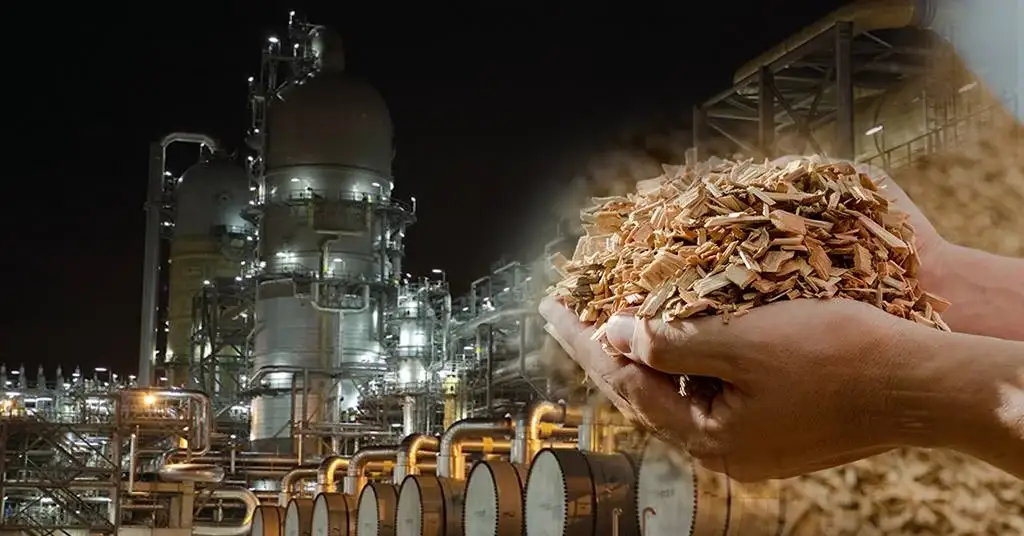Australia Anticipates Energy Shortfalls in Coming Decade with Closure of 62% of Coal Operations
- 31-Aug-2023 11:39 AM
- Journalist: Nicholas Seifield
Australia's electricity grid operator has raised concerns about potential energy shortages in the coming decade as the country prepares to retire 62% of its coal-powered fleet, which currently serves as the primary source of electricity.
According to the Australian Energy Market Operator (AEMO), reliability issues are projected to emerge in Victoria as early as this summer, followed by New South Wales in the years 2025-2026. In its recent Electricity Statement of Opportunities report, the AEMO emphasized the importance of addressing these challenges swiftly. The report highlighted the continuous growth in power demand due to the expanding population and economy. To ensure a stable energy supply, it stressed the urgent need for successful implementation of planned investments in transmission, generation, and storage projects.
Daniel Westerman, the Chief Executive Officer of AEMO, acknowledged that while their central projection indicated an elevated risk to reliability, it did not account for the potential impact of the substantial pipeline of proposed generation and storage projects amounting to 248 gigawatts. Moreover, the assessment didn't consider actionable transmission projects and ongoing government energy initiatives.
As coal power plants face heightened competition from more cost-effective solar and wind energy sources and experience pressure from stakeholders to expedite their transition, utility companies are hastening the closure of aging coal operations. The transition is marked by a notable increase in investments in large-scale renewable energy projects, which surged by 145% in 2022 to reach approximately $5.9 billion. This influx of investment facilitated the installation of around 5 gigawatts of solar and wind capacity.
In anticipation of an upcoming southern hemisphere summer that is predicted to be hotter than previous years, the AEMO anticipates a rise in electricity demand, leading to a potential surge in consumption. This, in turn, can pose a certain degree of risk to energy supply. However, the situation has been somewhat alleviated by the addition of 3.4 gigawatts of fresh generation and storage capacity that was incorporated after the previous summer.
In conclusion, Australia is facing the challenge of ensuring a reliable energy supply over the next decade due to the phased retirement of a substantial portion of its coal power fleet. The concerns are particularly prominent in Victoria and New South Wales, with heightened risks of power shortfalls. To address these risks, the AEMO has stressed the need for swift execution of planned investments in key energy infrastructure projects. While there are uncertainties, the country's focus on transitioning to renewable energy sources is evident in the remarkable increase in investments in large-scale solar and wind projects. Despite potential challenges, the addition of new generation and storage capacity helps mitigate the risks associated with increased electricity demand expected during the upcoming hotter summer.



